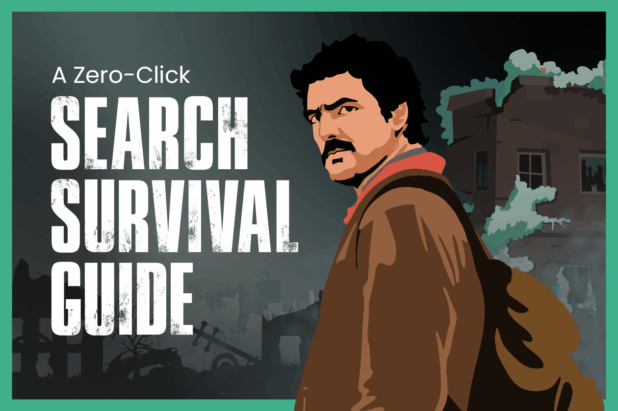 Nothing will turn readers away more quickly than blatant errors, boring copy and long-winded writers. Recognizing the deadly sins of SEO copywriting—and identifying ways to avoid them—is essential whether you’re drafting a blog post or creating an article to submit to an online directory.
Nothing will turn readers away more quickly than blatant errors, boring copy and long-winded writers. Recognizing the deadly sins of SEO copywriting—and identifying ways to avoid them—is essential whether you’re drafting a blog post or creating an article to submit to an online directory.
Critical? Yes.
Difficult? It certainly can be.
But simplify the task and reduce the risk of losing your readers by following these 5 tips for avoiding the deadly sins of SEO copywriting.
HINT: Make yourself a checklist based on these tips and your own. Refer to that checklist at the end of every writing project.
1. Stop going on and on…and on and on. As a writer, one of the biggest challenges is removing yourself from your story in order to determine when enough is enough. To make your writing more concise and to the point:
• Read each paragraph one by one, asking yourself “Do my readers care?” after each.
• Search for repetitive or similar words throughout the copy to avoid repeating yourself.
• Ask an uninvolved, unbiased person to read your copy and offer feedback.
2. On the other end of the spectrum, make sure you’re providing enough detail. As the writer, you know everything there is to know about your story. But keep in mind that your reader doesn’t. Ask yourself these questions:
• Have I answered the old 5 Ws of news reporting: who, what, where, when and why?
• Have I included real-world examples to support my premise?
• Do I have specific numbers to back up my premise?
• Is industry jargon well defined for the reader?
3. Recognize that spell check isn’t the end-all, be-all quality-assurance mechanism. We’ve all read a cringe-worthy misspelled headline or two, and thought, “Didn’t they spell check?” Spell check features are no doubt handy little tools. But they may not alert you to grammatical errors or use of wrong words. (Wait, is it principal or principle?) Include multiple steps in your quality-assurance process:
• Read your copy aloud.
• Have a set of fresh eyes give your story a read.
• Conduct one last spell check and read-through before publishing.
4. Don’t be a bore! When was the last time you read an article or a blog post that put you to sleep? Ensure your readers stay entertained and engaged by:
• Using the active tense instead of the passive to bring your copywriting to life. Instead of “He was honored by the organization at the banquet,” use “The organization honored him at the banquet.” Quick hint: Avoid using “is,” “was” and “were” followed by an “ing” verb form.
• Keeping your sentences short. To create easy-to-read copy that won’t lose your readers, try keeping sentences no longer than 1.5 to 2 lines. And unless you’ve got a long list, try using no more than 2 commas per sentence.
• Varying your words. It’s easy to get into the habit of using verbs like “has” or “is.” Instead, think of alternatives like “owns” or “marks.” A quick find and replace will show how many times you’ve repeated these common words.
5. Remember your keywords. Many writers, especially those with a print background, get caught up in constructing the most original, catchy headline possible. But with SEO copywriting, clever headlines that don’t take keywords into consideration are all but useless. So:
• Try writing a catchy headline first, then revise it to include your keyword.
• When you’re determining your targeted keyword, already have a general headline in mind.
• Do a quick Google search of your targeted keyword to gain inspiration for what others have done.
What do you consider a deadly sin of SEO copywriting and how do you avoid it?


